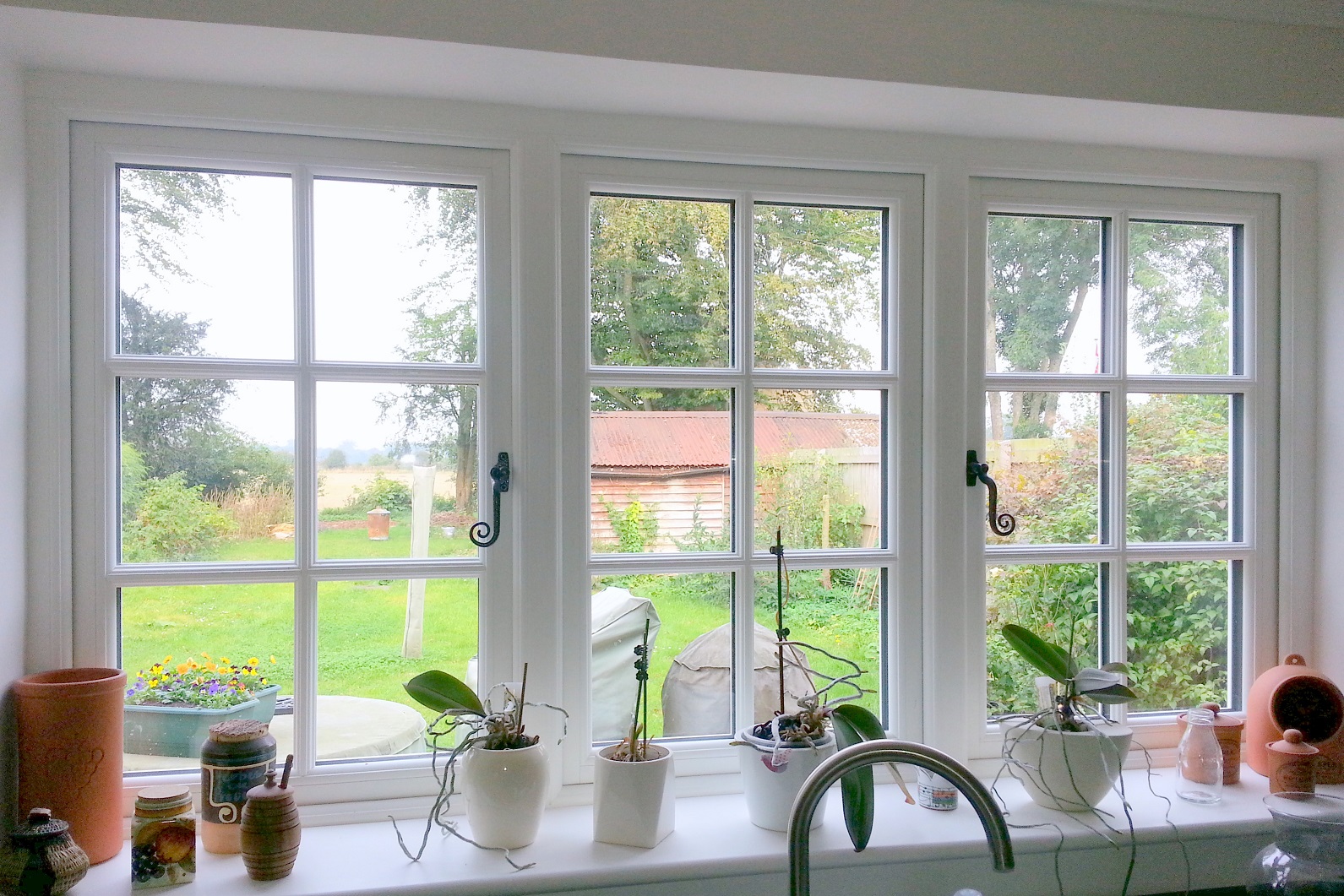Website design – More than making a site look good
One of the most significant challenges in launching a business website is making it stand out from the crowd. There are an estimated 300 million websites the world over, and around 50 billion web pages.
It becomes difficult to see how a website can make any kind of impression – especially your own humble website – when pitched against such numbers. You might argue of course that if you are running a business which serves a particular niche, you would have less of an issue with getting your site noticed. However, even here, the competition is stiff. For example, a Google search for something quite specific, “Hair Salons in Nottingham”, still manages to return over 216,000 results. There is therefore a great deal of competition even on the reduced scale of the niche marketplace.
Faced with this challenge, you might respond by commissioning from your web designer a website that ticks all the boxes in terms of aesthetics. That is, a site that looks great. The colours will be graceful, elegant and perfectly blended, the images completely appropriate to the page they sit on, neither bland nor overly controversial. The navigational furniture will be stylish and well-proportioned, with every button picture perfect. All in all, your beautiful website would not look out of place in the Ideal Home Exhibition.
However, once your dream website is launched you could be in for a nasty shock when, despite all of your efforts, the site fails to attract anything like the number of visitors you had hoped for. You discover, to your horror, that your exhibition standard website is something of a damp squib.
This nightmare scenario can occur when the website producers have concentrated wholly on making a site attractive, at the expense of other factors that are equally important when it comes to enticing visitors.
Whilst aesthetic appeal is an important part of the mix when it comes to web design, it is not the be-all and end-all. Indeed, web design encompasses a lot more than just creating a website that is easy on the eye.
Indeed, today’s web designers tend to think more in terms of the overall experience that a site creates for its visitors. For instance, designers should be involved even in choosing the site domain name. Famous examples of successful site names are Flickr, Amazon and Digg. These are catchy names that, as well as exciting the curiosity of users, have some bearing on the content offered.
Navigational logic, sometimes known as “site architecture”, is another key component. A strong navigation is one which offers meaningful signposts to users at every stage, whilst also providing a powerful sense of context for the page they are on at the time.
Here at Click Consult, one of the UK’s leading website development companies, we believe that a rounded approach to web design, taking into account everything from domain name to web copy, is a sure way of guaranteeing the success of the end product.




